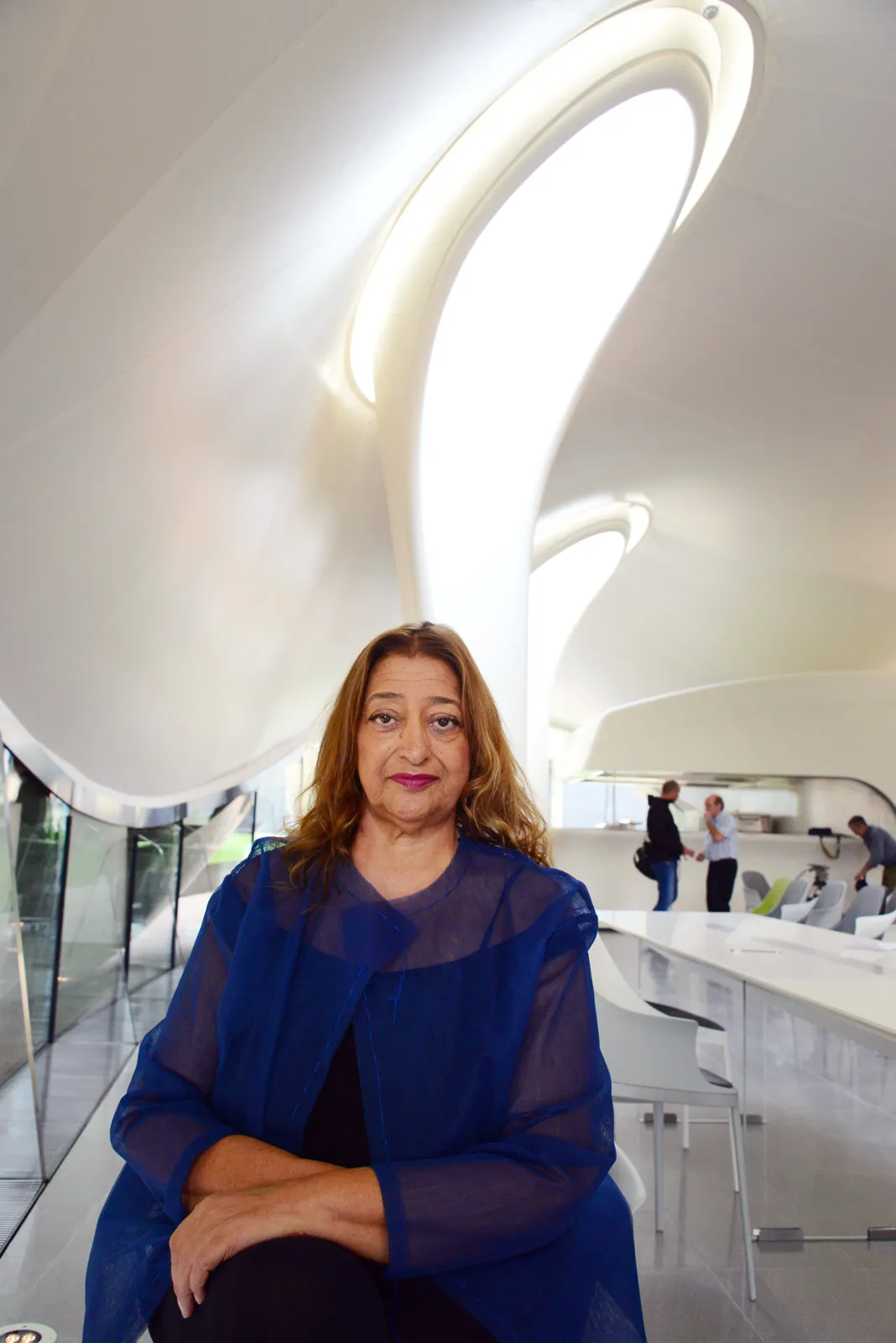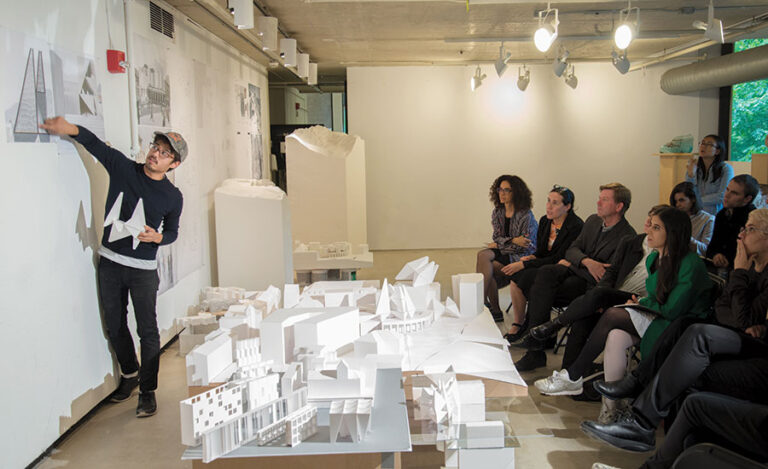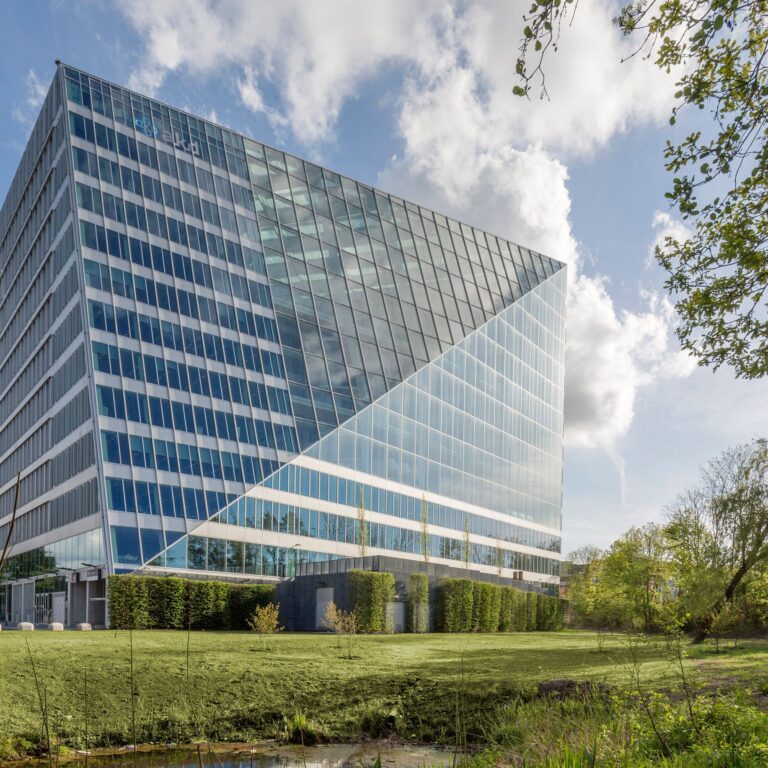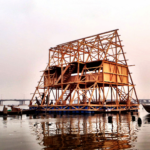When we think about architects who have impacted skylines, and adjusted the thoughts of space itself, there is no comparison to Zaha Hadid. Zaha Hadid, the Queen of the Curve, and her incomparable architecture is a category all on its own. She historically expanded upon the definition of architecture far beyond buildings. She elevated architecture past being about buildings; she elevated architecture to cover movement, feeling, and bold identity statements.
The Visionary Behind the Curve
Zaha Hadid began her career in 1950’s Baghdad and led the charge for women in the field of architecture. Zaha Hadid was the first woman to win the Pritzker Architecture Prize in 2004, and did many firsts with world and nation projects. But, it was more than that; it was the visionary for that’s who she is; those buildings do not just stay still. Those buildings are dynamic and take on the feeling of movement.
Hadid’s designs frequently feel like sculpture not structure. Their design genesis originated in natural forms – waves, dunes, shells – and were conceptualized and delivered with the latest technology in the digital age. While Hadid pushed architecture into a futuristic arena, the finished works never felt cold or mechanical.old or mechanical.
Iconic Works Around the World
Hadid’s project locations are global, and each project borrows is remarkable existence from the geography it is located on. Here are some notable examples:
- MAXXI – National Museum of 21st Century Arts (Rome, Italy): A flowing, concrete, labyrinth experience for visitors. Far less about corridors and rooms – much about understanding and exploration.
- Heydar Aliyev Center (Baku, Azerbaijan): This iconic, masterpiece of smooth, flowing lines rise from the ground like a wave – no sharp angles just curves that create the feeling of fluid motion.
- Guangzhou Opera House (China): Informed design by river pebbles, natural dialogue with geometry, and with fluidity concurrently with the environment.
- London Aquatics Centre (UK): Designed and built for the 2012 Olympics in London. A staggering roof resembling the movement of water – delicate and aerodynamic.
Beyond Buildings: Zaha Hadid’s Legacy
Zaha Hadid did not only design buildings in her career; she designed furniture, shoes, boats, conceptual cars, and blurred the lines between design formats and the universal language of design.
Zaha Hadid died in 2016, but, Zaha Hadid Architects is a firm, and a legacy moving forward to defy gravity, tradition, and expectations.
Why Zaha Hadid Still Matters
In a built world where much of the built environment feels formulaic, Zaha Hadid celebrated different. Zaha Hadid imagined spaces beyond sketches and plans, but she changed the entire experience of spaces, and ultimately geology. Zaha Hadid’s work is an important reminder that architecture is not simply shelter, it is sensation. It is the sensation of space.
Zaha Hadid’s architecture doesn’t just stand still. It moves us.








